Email Marketing: Ideas and inspiration from 11 years of award-winning campaigns
The challenges of today scream at you. How can I increase sales? Get more people to subscribe to my opt-in list? Ensure my emails end up in the inbox? What is the next technology to keep up with?
Sometimes it’s helpful to take a look back to see the future more clearly. Getting a sense of where we have been as email marketers helps us to better understand where we’re going. To quote Isaac Newton, “If I have seen further, it is by standing on the shoulders of Giants.”
To help you do that, and find inspiration and ideas for your current email campaigns, let’s take a look back through the archives of the MarketingSherpa Email Awards.
Idea #1: Email is not a one-way communication medium (from 2006)
When email marketers talk about engagement, we’re typically talking about metrics, analytics, data — numbers like clickthrough or read rate.
But don’t overlook human interaction as well. Fossil Rim Wildlife Center did more than ask people to click in its Wildlife Watch newsletter. For example, the 1,800-acre natural wildlife conservation center asked readers to name a new baby giraffe.
Because of this very human (and giraffe) form of engagement, traditional engagement metrics also performed well, with the newsletter getting average open rates of 35 to 40 percent and clickthrough rate of 16 to 20 percent of those received.
Learn more from the award-winning email marketers of 2006 — Winners included Blockbuster, Vanguard and Canadian Blood Services.
Idea #2: Hey {MarketingSherpa blog reader name here}, personalization can go beyond first name (from 2007)
Personalization is hard. And easy to mess up. And we’ve got much shinier technology than the email marketers of yore.
But look at what Voltimum did way back in 2007. You visit them at a tradeshow booth. Then when you receive a follow-up email, it includes a picture of the actual booth rep you spoke with.
The German firm realized a conversion rate 2.5 times higher than previous campaigns.
Learn more from the award-winning email marketers of 2007 — Winners included Olympus, Mutual of Omaha and OnStar.
Idea #3: Don’t just guess what your customers want (from 2008)
When the HP Home & Home Office Store redesigned its newsletter, it didn’t just give the task to a designer to see what beautiful visual could be created.
The team analyzed click map data and previous test results, and then prioritized these pieces to give customers what they want. One of the reasons its email program growth achieved 136% of revenue estimates.
Learn more from the award-winning email marketers of 2008 — Winners included Pepsi, SAP and Royal Caribbean.
Idea #4: Help customers do the right thing (from 2009)
This email was triggered to customers who made a donation to Dell’s “Plant a Tree” program when they purchased their Dell computer in April 2008, in a joint effort with The Conservation Fund and Carbonfund.org. Dell matched 100% of customers’ contributions in April as part of an Earth Day promotion.
Learn more from the award-winning email marketers of 2009 — Winners included The Cleveland Institute of Art, Duke University and Air Canada.
Idea #5: People buy from people (from 2010)
“People buy from people. People don’t buy from companies, from stores or from websites; people buy from people. Marketing is not about programs; it is about relationships.” — Flint McGlaughlin, Managing Director, MECLABS Institute (parent research organization of MarketingSherpa)
The ATP World Tour leveraged this principle in its welcome message for new members. It didn’t hurt that the person the men’s professional tennis governing body chose was well recognized by the target audience. The email message featured tennis player Roger Federer’s name in the ‘from:’ field, a note signed by Federer and a picture of Federer.
Learn more from the award-winning email marketers of 2010 — Winners included Alaska Airlines, the Orange County Register and Electrolux.
Idea #6: You don’t need more customers, you need to better serve the customers you already have (from 2011)
Lots of companies focus a lot of time and money on new customer acquisition.
Susan G. Komen for the Cure segmented its current event participants by fundraising performance, behavior, attitude and team affiliation to better serve the “customers” they already had. For example, the team created a completely separate track of email communication catering just to team captains.
As a result, the 2010 Susan G. Komen Global Race for the Cure raised more money with fewer total participants than in 2009, an outcome that challenges the assumption that the total number of event participants is the most important predictor of fundraising success.
Learn more from the award-winning email marketers of 2011 — Winners included Kodak, IBM and Bing.
Idea #7: Use real-time marketing to turn a loss into a win (from 2012)
Email is a pretty instant medium. Nimble and savvy marketing organizations can use it to react to real-time events.
The California State Parks Foundation (CSPF) strongly supported a state proposition that would have added an $18 annual surcharge to motor vehicle registrations to provide funding for state parks and wildlife conservation. Unfortunately, the proposition failed.
But CSPF leveraged this news to urge their supporters to sponsor a virtual vehicle and donate in symbolic increments of $18.
The result — 3,286 “cars” were sponsored by just 1,675 people, raising in excess of $59,000.
This strategy can obviously be effective for nonprofits. But for-profit companies can have passionate audiences, too. Some ideas to get your creative juices flowing:
- The day a bill to label foods with GMOs fails in Congress, send an email promotion highlighting how your organic food is clearly labeled as GMO free.
- The day a competing social media network turns off its data feed (I’m looking at you, Twitter), send an email promoting how websites can use your social network’s sharing counter button to show social proof.
- The day your competitor’s niche B2B software product is acquired by a major platform, send an email highlighting the fact that your product integrates with all platforms (and not just the platform that acquired your competitor).
Learn more from the award-winning email marketers of 2012 — Winners included JetBlue, Avaya and Citrix Online.
Idea #8: A well-designed email is worth 1,000 words (from 2013)
Design isn’t everything. We’ve seen countless plain text emails generate amazing results.
However, context is key. While plain text might work very well for, say, a B2B solution, sometimes visual impact is crucial in communicating value to customers.
For example, when you’re trying to save the critically endangered, majestic Amur leopard. WWF Germany redesigned text-heavy emails with very few images, creating visually rich emails to develop a stronger bond between donors and the WWF conservations efforts.
The better design increased subscribers’ emotional connection — 33% of all newsletter readers donated, well above the norm.
Learn more from the award-winning email marketers of 2013 — Winners included NFL.com, NC State University and American Airlines.
Idea #9: Have a little bit of fun (from 2014)
Email marketing can be fun. Even if you sell IT production and recovery services.
Sungard Availability Services created a campaign around zombies. “Zombies. IT Availability. Both Require Expertise.”
The “IT Availability/Cloud” campaign yielded a 1.2% higher click-to-open rate among director-level titles.
Learn more from the award-winning email marketers of 2014 — Winners included Jomashop, Adobe and Walgreens.
Idea #10: You are not your customer (from 2015)
In the beginning of the 2010s (have we named this decade yet?), it was common to see the following scene at a marketing conference:
- Speaker who makes money off of mobile marketing in some way asks audience to raise their hands if they have a smartphone
- Lots and lots of marketers raise their hands
- Speakers uses this unscientific survey as a proof point that marketers need to invest beaucoup budget in mobile marketing
Except, here’s the rub. That sample is meaningless, unless your target customer is marketers. The real question is — what do your customers do?
Mary Abrahamson, Email Marketing Specialist, Ferguson Enterprises (Best in Show — B2B), understood this. Which is why, when building her award-winning campaign, she was careful not to include elements that the recipient would need a smartphone to access.
By the time I interviewed Mary at last year’s Summit, her campaign had generated more than $21 million in online sales.
Learn more from the award-winning email marketers of 2015 — Winners included Finish Line and Microsoft Store.
Idea #11: As popular as email is, you need a multichannel approach
Customers still overwhelmingly want email. In fact, it was the most popular way for companies to communicate with them, according to a 2015 survey we conducted.
Still, as popular as email is, customers want to be served by a company in every way they choose to communicate — from newspapers to social media.
Which is why, for the 2016 awards, we expanded to consider all marketing, not just email.
The winner — Karen Thomas-Smith, Vice President of Provider Marketing and Reference Management, Optum — also didn’t focus on a channel; she used an in-depth market study to discover and then focus on her customers and what they needed. Her team then created this content, and distributed it through a variety of channels.
This campaign helped Optum secure $52 million in new contracts for its new product offering in under one year.
We’ll be releasing the 2016 Awards book in February, and I’ll interview Karen onstage at MarketingSherpa Summit 2016 in Las Vegas.
You can follow Daniel Burstein, Director of Editorial Content, MarketingSherpa, @DanielBurstein.
You might also like
Enter the MarketingExperiments’ (MarketingSherpa’s sister company) fourth annual copywriting contest for a chance to win a MarketingSherpa package, which includes a free ticket to MarketingSherpa Summit 2016 and a stay at the Bellagio in Las Vegas. Deadline for entries in January 17, 2016 and official rules are here.
MarketingSherpa Summit 2016 — At the Bellagio in Las Vegas, February 22-24
2015 Year in Review: The most popular posts in content, mobile and visual marketing
Categories: Marketing email summit, marketing insights, MarketingSherpa Summit, MarketingSherpa Summit 2016




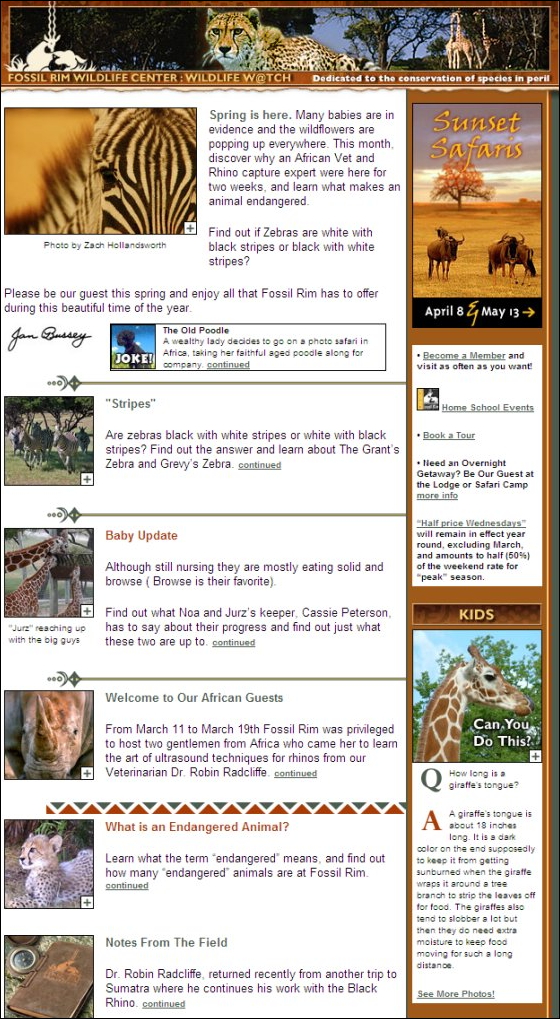


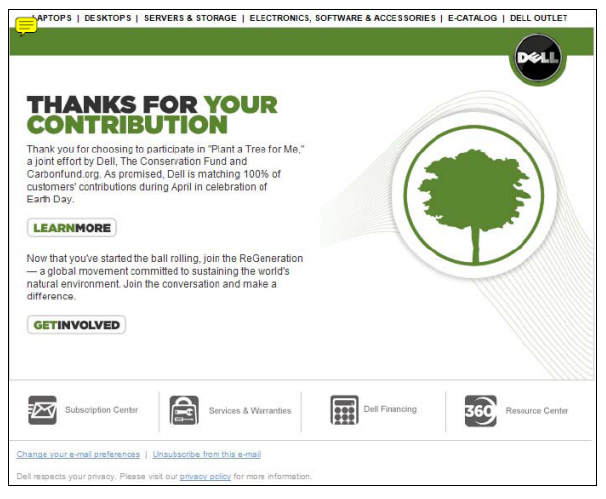
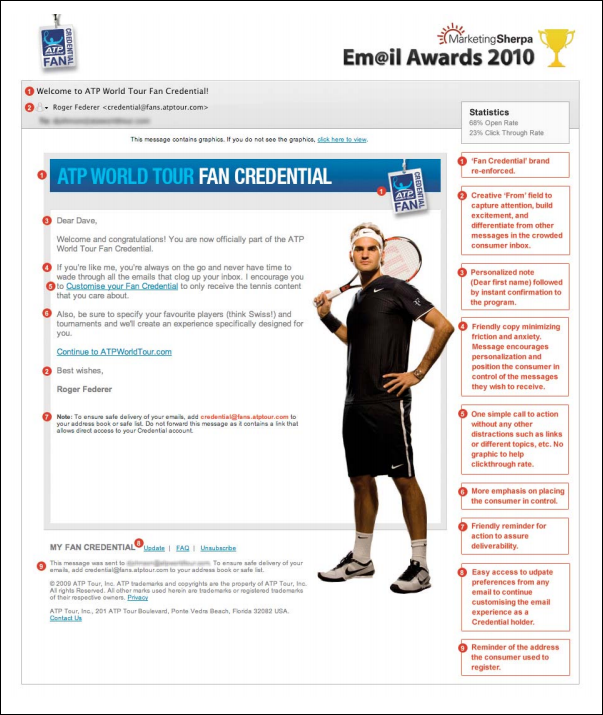
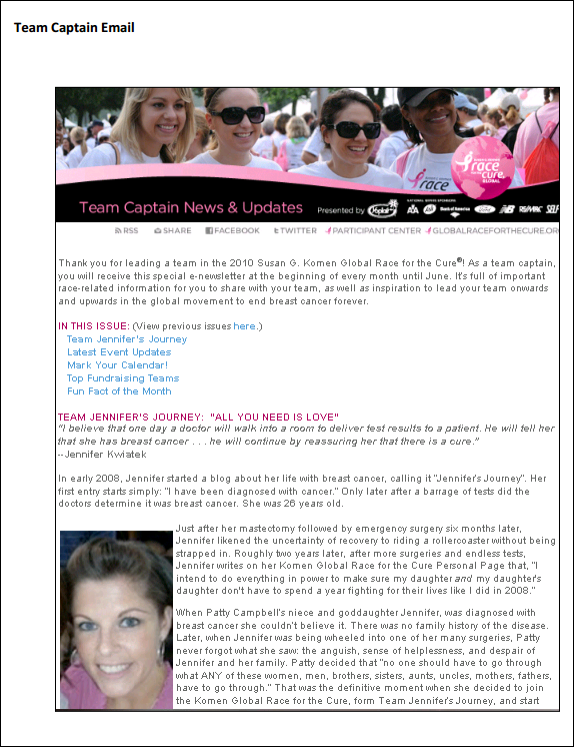
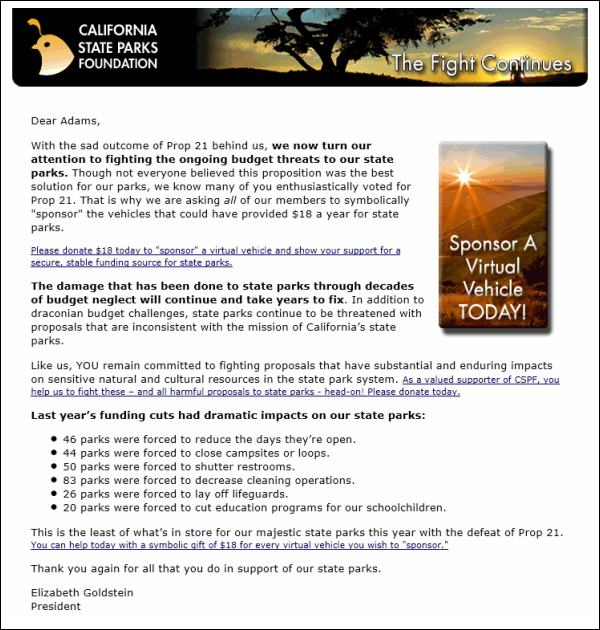

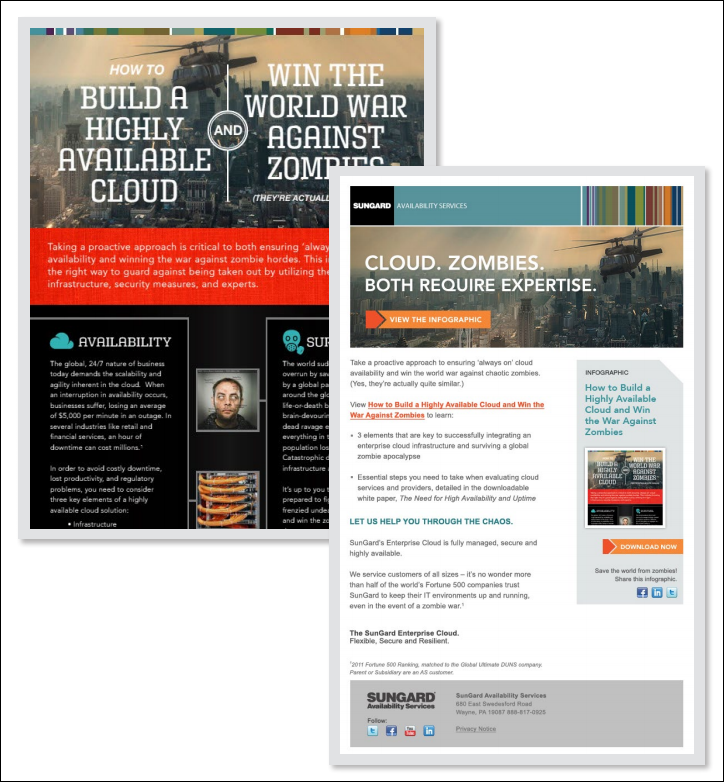
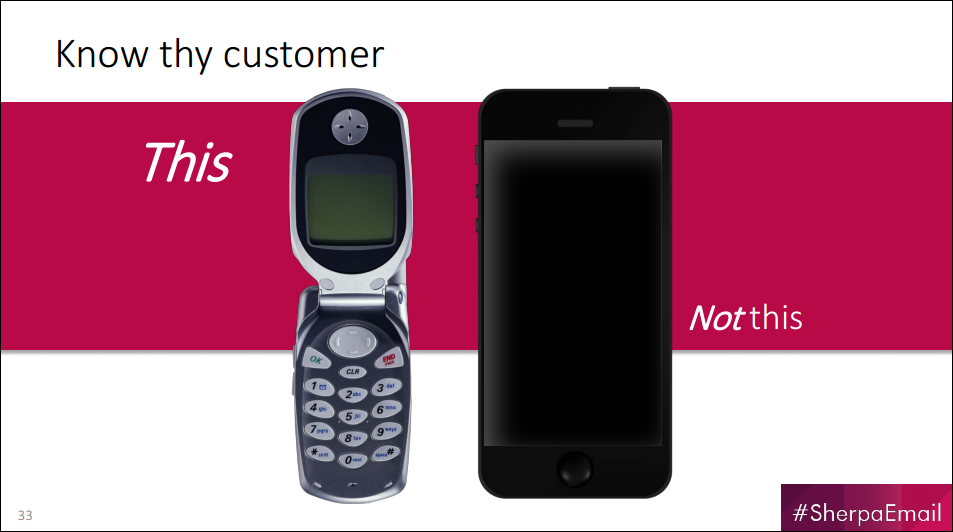







Nothing bothers me more in a newsletter than Spray and Pray, its Sales 101. Throw everything against the wall and see what sticks for people to view. The HP newsletter mentioned above reminds me of this tactic. Thanks for sharing!
Jack